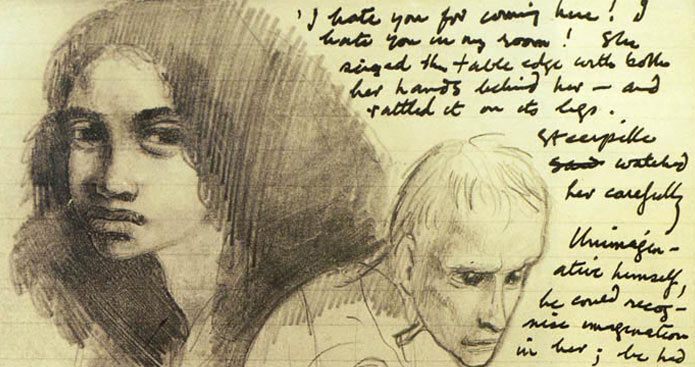Well, I finished the Japanese 'ghost story' Strangers, by Taichi Yamada, translated by Wayne P. Lammers. I found it interesting, but oddly unsatisfying. Much of the book's supposed impact - too much, I feel - pivots on a twist ending that I feel was not really much of a surprise. Perhaps the problem lies with the translation or its a Japanese cultural thing. Most of my experiences of Japanese ghost stories is via film, not prose.
The central character is Harada, a middle-aged TV script writer whose life seems to be in a downward spiral. He has set about divorcing his wife, alienating his student son in the process, yet he seems to regard himself as the victim. This self-pity is not an attractive quality, and a character's loneliness is less effective when it is self-inflicted. A more traditional ghost story would have Harada widowed, or perhaps simply find himself isolated in middle age because he's been 'married to the job' too long.
This fault apart, the central conceit - that ghosts can somehow drain the life from us, like vampires - is used reasonably well. Harada doesn't see his wasted features when he looks in the mirror. His neighbour, the beautiful Kei, has to point out how ravaged and ill he looks. But from this, little else follows. I got the strong impression that, apart from the 'twist', much of this book is padding.
Part of the problem is that the scenes in which Harada meets his 'dead' parents are rather dull. Not badly written, though the translator takes a distinctly American line with dialogue, and this seems a bit jarring. No, the problem is that it's hard to care. Is Harada going mad? No, in one good scene he conducts an experiment to see if his parents are 'really' ghosts. But such neat touches are few and far between. While some may claim this is a eerie or disturbing tale, it's really too monotonous and pedestrian to bother the seasoned reader.
Perhaps the real problem with Strangers is that a good ghost story is almost impossible to spin out to novel length. The denouement, when it comes, has been too long delayed. At around 20,000 to 30,000 words the story would have been much more effective. So, a qualified nod of approval is all I can give it.













